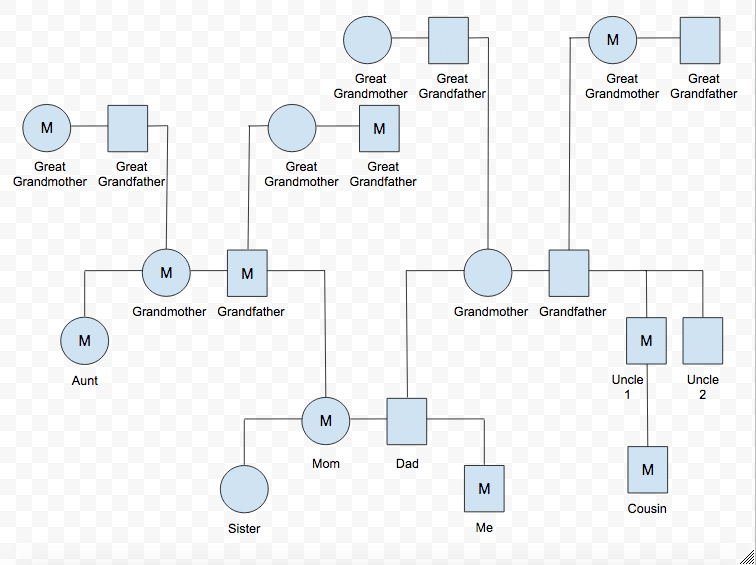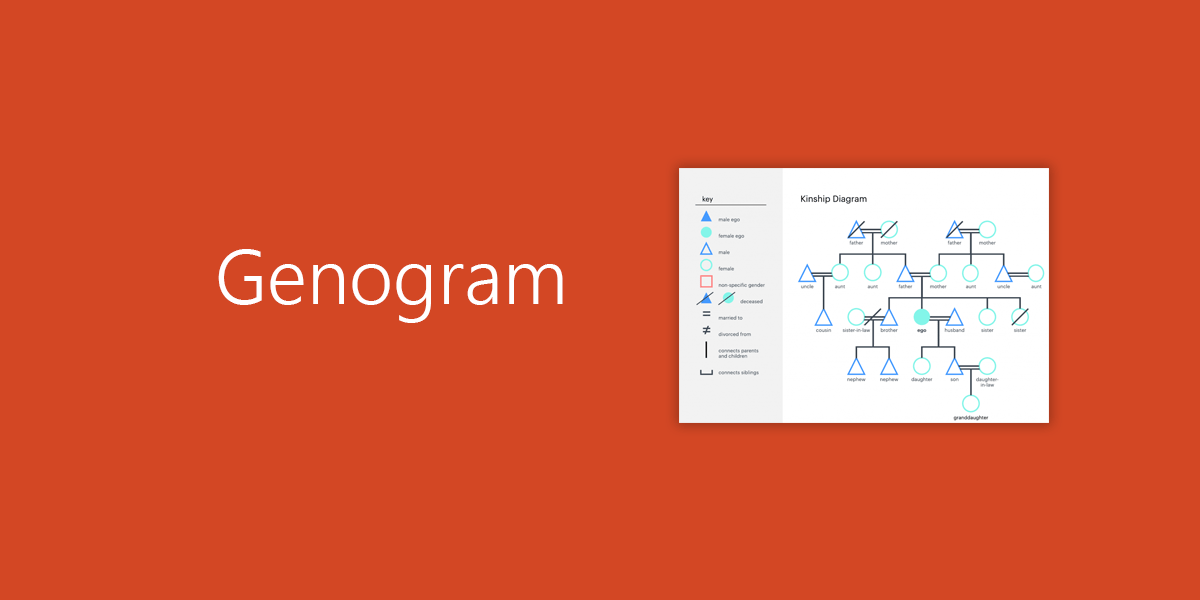

It will also tell you how many kids each union (typically between two individuals) has, what each child is like, and what the individual relationships are between members on more than just a physical level. For example, a genogram can tell you who is married, divorced, widowed, etc.You'll not only learn who is in your family, but how everyone is connected through physical and emotional relationships. Only in addition to looking at the branches, you also look at the leaves on each branch. Once you know why you're making a genogram, whether it’s for a healthcare provider, school project, or just to get to know you and your family more, knowing what it is you want to learn can help you to organize how you go about populating your genogram. Genograms can provide health care workers with a visual document that tracks the history of your current mental or medical proclivities through your family bloodline.Genograms can focus on a number of hereditary patterns and issues including substance abuse, mental illness, and physical violence, as well as many physical illnesses.It's also likely to help you decide with whom you will share the completed diagram––sometimes the information might be considered upsetting or too sensitive for some family members, so you'll need to judge that depending on the context.

The purpose of your genogram will help you to focus on the type of family information you want to collect.



 0 kommentar(er)
0 kommentar(er)
